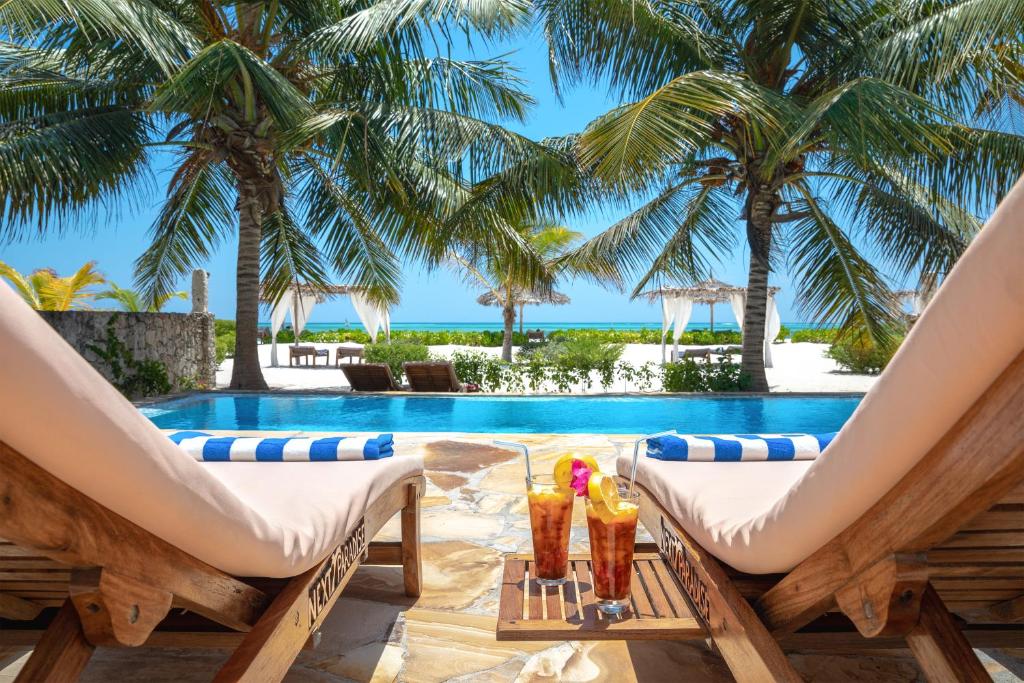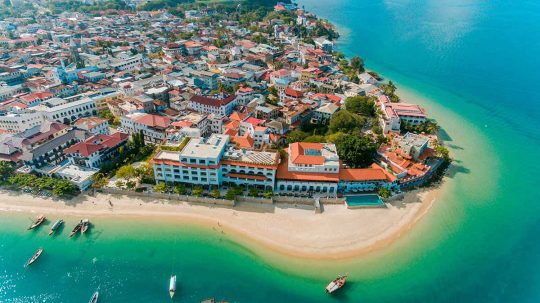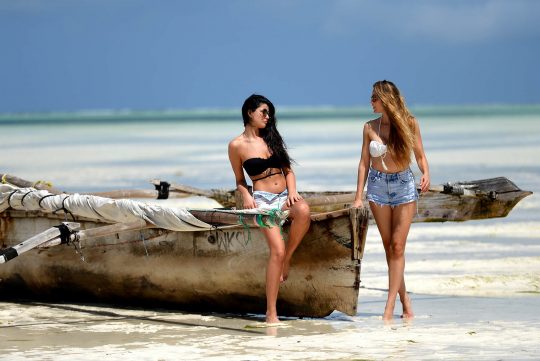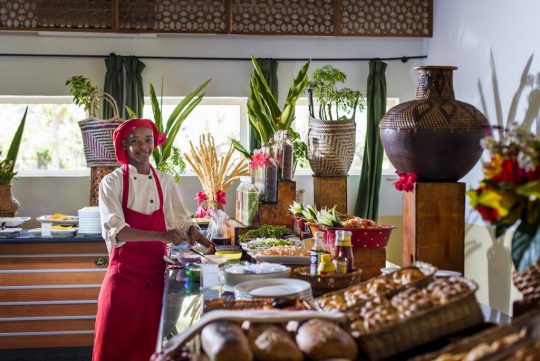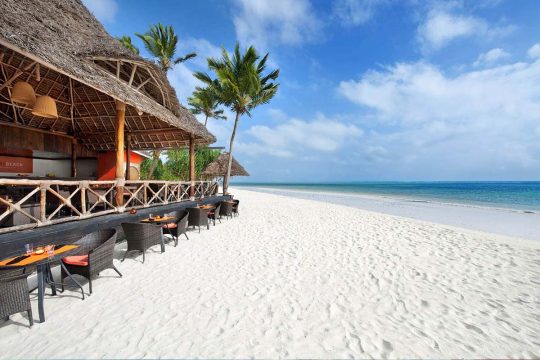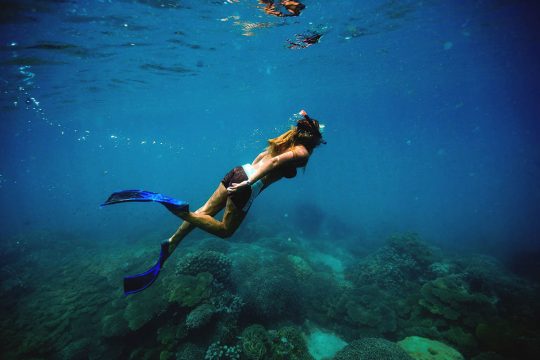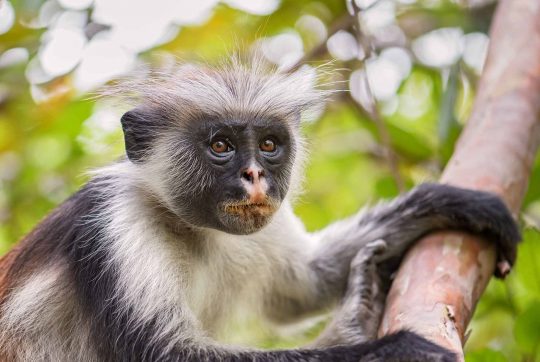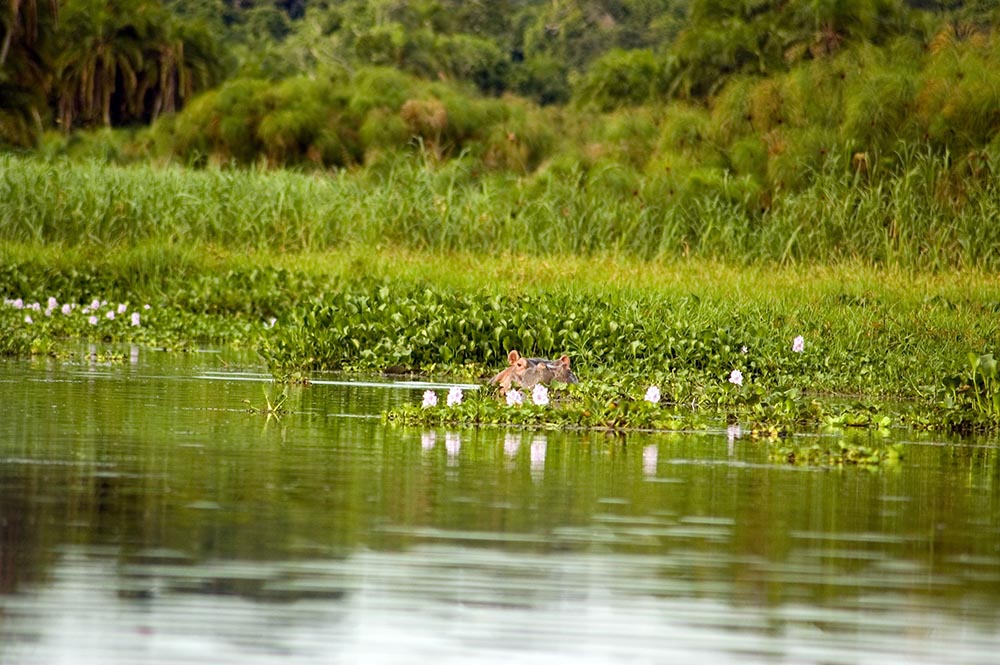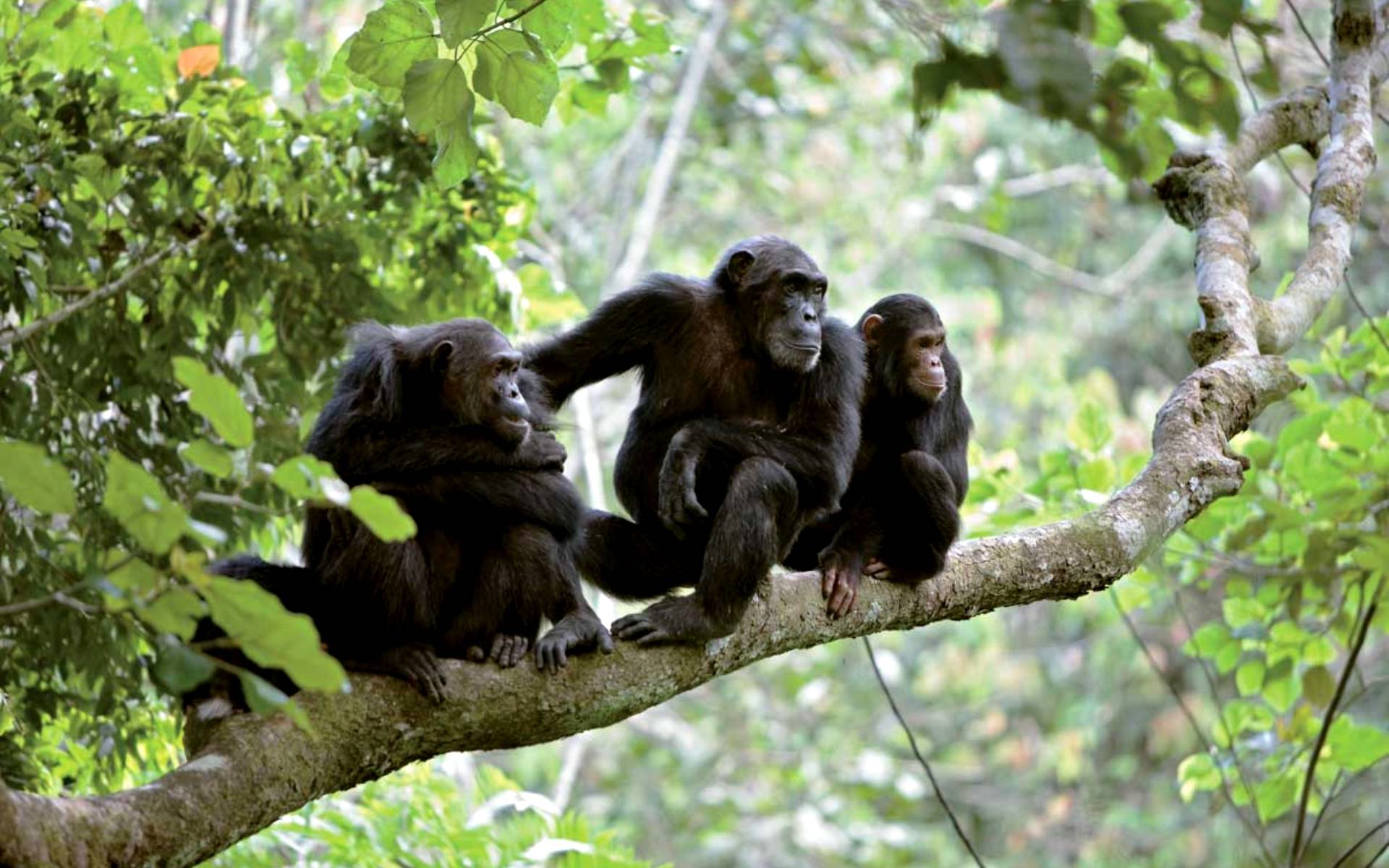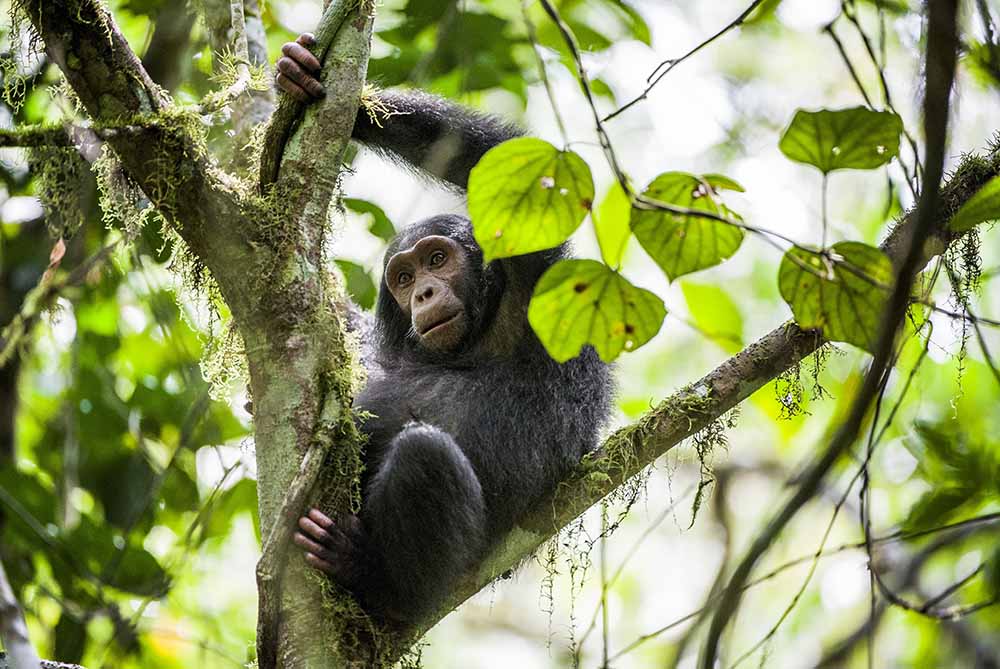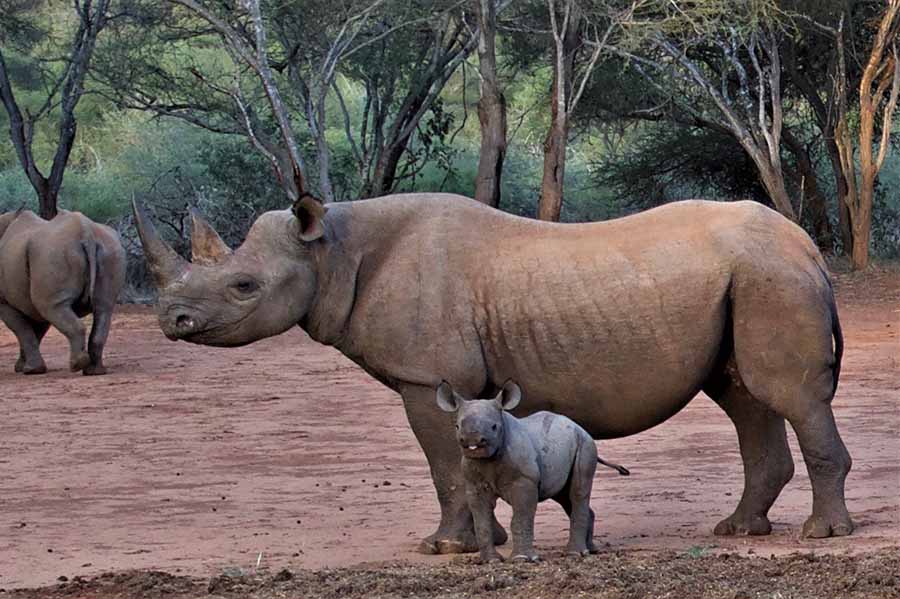Akagera National Park
Are you thinking to go visit Akagera?
Talk to our experts about the perfect planning for your holiday.
Welcome to Akagera National Park, the last remaining refuge for savannah-adapted animals and plants in Rwanda.
About Rwanda
Rwanda is known as the “Land of a thousand hills”, and with its stunning views and warm, friendly people offer unique experiences for the travellers. The country is blessed with extraordinary biodiversity, as incredible wildlife living throughout its volcanoes, montane rainforest and sweeping plains. Rwanda went through very turbulent history, from being a colony to more recent civil war between opposite tribes. But today, this is the second easiest place to do business in Africa by the World Bank and has been awarded for its leadership in tourism and economic competitiveness by the World Travel and Tourism Council (WTTC) and the World Economic Forum respectively.
About Akagera National Park
Akagera National Park is the largest protected wetland in central Africa, and the last remaining refuge for savannah-adapted animals and plants in Rwanda. Despite being a relatively small, it is home to an impressive array of wildlife, including a number of rare species such as the shoebill and sitatunga. Akagera is the only national park in Rwanda that contains all Big Five species – lion, rhino, leopard, elephant, and buffalo! Akagera is also birding paradise, with highlights such as storks, eagles, herons, egrets, and the majestic crowned crane among its 480 or so species!
Interesting Facts About Akagera National Park
The Largest Rwanda National Park
- Akagera National Park was first established in 1939 by the Belgian colonial government, solely to protect and conserve the various wildlife species in Akagera National Park
- The park got its name from the famous Akagera River, which flows through the park up until in Uganda where it continues its journey. Akagera National Park has over 10 lakes in its enclosure say Lake Ihema, which feed the various wildlife species in the park.
- Akagera is the largest Rwanda national park, with a total area of 1122 square kilometres.
Birding
- The Park is home to over 482 bird species, making it one of the best birding destinations in Rwanda and the entire East African region.
Wild Dogs – The Park of Lycanos
- Formerly, the park was once known for hosting the largest number of wild dogs in the region, that it was even known as the Park of Lycanos. Many of the wild dogs however perished when they were hit by an epidemic, with last large numbers having been spotted in 1984.
Short dry season (December – February)
There may be some rain during this period, but it is fairly intermittent and usually does not last long. And therefore the months of February is predicted to be so dry
Long wet season (March-May)
This season is characterized by regular rainfall and abundant green grass. And this gives travelers an opportunity for clear photography of lush green vegetation.
Long dry season (June – September)
This is the sunniest period of the year in Rwanda when the park can become dry and dusty. This sunny moments of the year are perfect for animal viewing as well as scenic views
Short wet season (October – November)
The first rains clear haze and the park returns to its lush green state. Birding is particularly good at this time of year, for many migratory birds pass through Akagera during October and November.
Game drives
Game drives can be done in the morning, afternoon and at night in the hills, plains and lakes. Akagera is one of the few places where night game drives can be arranged. Night game drives are done using spotlights and an open-roof vehicle to allow visitors spot nocturnal animals like genet, mongoose, bushbabies, owls, nightjar, leopards and hyenas.
Boat Trips
Lake Ihema is famous for boat trips, you might encounter crocodiles, hippos and elephants drinking along the shores. The Lakes and nearby swamps are breeding grounds for several bird species like African darter, African jacana, blue-headed coucal, cormorant, fish eagles, kingfishers, marsh flycatcher and the open-bill stork.
Bird watching
Bird watching in Akagera provides opportunities to spot over 450 species. There are few forest birds and Albertine Rift species like in Nyungwe Forest but visitors should still come out satisfied with the collection of Savannah and woodland species found in the park. Some of the species include the arnot chat, black-headed gonolek, double-toothed barbet, suaza shrike, lilac-breasted roller, Meyer’s parrot, Ross’s turaco, red-faced barbet and the long tailed cistola. The great Shoebill stock can be spotted in the park though their numbers are small.
Sport Fishing
The Park is unarguably the best best place to go for sport fishing in Rwanda. The shores of Lake Shakani are great for fishing species like the Tilapia and catfish. While fishing, you will get to see many birds and animals drinking by the shores. Fishing tournaments are arranged frequently and winners are rewarded with a chance to prepare and eat their catch.
Nature walks
Nature walks in the park can be arranged with the help of a park guide. A walk through selected sections of the park gives you opportunities to appreciate the great biodiversity in the park. The nature walks involves following established park trails that lead to forests, lakes and swamps.
Walking by the Park Fence
You can join one of the fence attendants and park guides for a walk along the security fence. The security fence has helped eliminate poaching and other conflicts with humans living near the park.
Cultural Visits
During these cultural visits, you can learn how the locals take care of their long-horned cows, make beer, prepare food and celebrate important seasons of the year.
- The drive distance from Kigali to Akagera National Park is 135km about 2 ½ hour’s drive.
- The drive from Rwamagana / Kibungo – the main town in the East of Rwanda to Akagera National Park is 1 hour drive.
- The park can be accessed through the two gates in the southern and northern side respectively.
- The 4X4 Vehicle is recommended for the drive to Akagera National Park especially in the dry season.
Weather & Climate of Akagera National Park
The weather in Akagera National Park can change at any time of the year, but visitors will experience warmer temperatures during the long dry season. In the same way, visitors will also experience cooler weather in the park during the rainy seasons. Temperatures in Akagera national park range between 20 and 30 degrees Celsius.
Dry and Wet Seasons
Visitors should also note that Akagera experiences two dry and wet seasons. The park experiences extreme sunny weather during the long dry seasons which are between June to September. The national park can be dry and dusty during this time of the year, as it marks the warmest time of the year. This time is very suitable for visitors taking a game drive in Akagera national park since it is easy for visitors to spot a variety of wildlife animals in the park. Also, remember to carry with you enough mineral water to keep hydrated during this time of the year and throughout your game drives.
December to February
The months of December- February are the short dry seasons in the national park. However, visitors may experience a bit of rainfall during this period, so make sure you carry a light raincoat just for emergency purposes.
March to May
The months between March to May mark the long rainy season in Akagera National Park. The park receives a lot of rainfall during this time period and usually the roads in the park are muddy. Visitors travelling to the national park during this time of the year should hire 4×4 wheel drive vehicles to ease your movement in the park. In addition to this, visitors should also pack a lot of warm clothes as nights in the park tend to get extremely cold during this rainy season.
October to November
The months from October till November characterize the short wet season in the national park. During this period, visitors travelling to Akagera national park can take part in bird watching activities in the park. Visitors can get an opportunity to view migratory birds pass through the park during this time of the year.
June to September
The best time for visitors to visit Akagera National Park is during the dry season, which is between June to September. The national park is home to over 8,000 large wildlife animals such as; elephants, giraffes, hippos, buffaloes, black rhinos, lions, leopards, and zebras to mention but a few. Akagera national park is also home to over 500 species of birds such as; the crowned cranes, egrets, marabou stock and the rare Shoebill stock. Bird lovers in Akagera national park can sight most bird species in the park’s forests, lake areas and papyrus swamps.
If you liked Akagera National Park, you might also like Volcanoese National Park.
If you liked Akagera National Park, please follow us on Instagram for more content like this.
Do you need expert tips on planning for your next safari in Africa?
Share your email here
[mc4wp_form id=”29279″]


